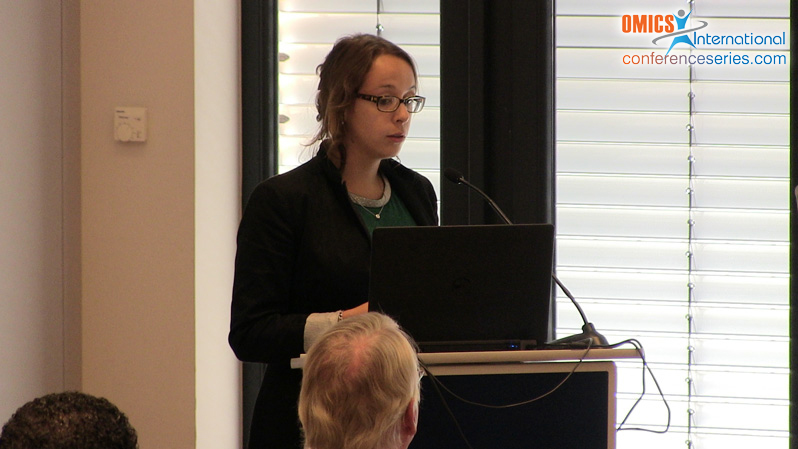
Marjolaine Martin
University of Leige, Belgium
Title: Biotechnological potential of the microflora associated with the brown alga Ascophyllum nodosum
Biography
Biography: Marjolaine Martin
Abstract
Bacteria associated with algae are underexplored despite their huge biodiversity and the fact that they differ markedly from those living freely in seawater. These bacterial communities are known to represent great potential for the production of diverse bioactive compounds, such as specific glycoside hydrolases, as they interact in multiple complex ways with their host. Furthermore, enzymes from marine bacteria have original properties, like cold-adapted, halotolerant and highly stable, which are constantly searched out by bio-industries.The aim of our study was to identify bacteria, associated with the brown alga Ascophyllum nodosum, showing diverse polysaccharolytic activities. To isolate cultivable microorganisms, algal thalli of Ascophyllum nodosum were swabbed with sterile cotton tips and marine agar plates were inoculated. Three-hundred isolated bacteria were screened for agarase, kappa-and iota-carrageenase, and sulfatase activities on specific marine media. Thirty-two bacteria with polysaccharolyticactivitieswere isolated and a part of their 16S rDNA (8F-1492R) were amplified and sequenced. Twenty-seven were classified as Flavobacteriia and five as Gamma proteobacteria. Putative new strains and species of Zobellia, Maribacter, Cellulophaga, Shewanella, Glaciecola, Pseudoalteromonas and Colwellia were identified by phylogenetic analysis. All those genera are well-known to colonize algal surface but only some of them are famousto degrade algal polysaccharides (Zobellia, Maribacter, Cellulophaga, and Pseudoalteromonas). However, all those novel bacterial strains/species showed multiple and diverse enzymatic activities (agarase, iota-and kappa-carrageenase, cellulase, beta-glucosidase, sulfatase and/or amylase activities). Genomics libraries with their DNA were constructed in Escherichia coli and Bacillus subtilis and are screened to identify the genes coding for the observed enzymatic activities. Those novel glycoside hydrolases from unknown marine bacteria should have original and innovative properties with great biotechnological potential.

